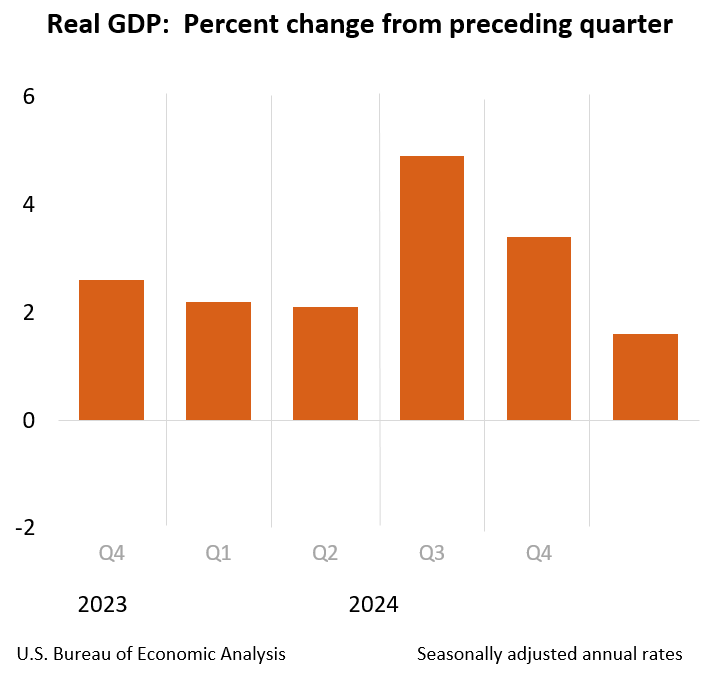Advertisement
Fannie Mae Reports $2.9 Billion Quarterly Loss and Seeks $5.1 Billion From the Treasury

Fannie Mae reported a net loss of $2.9 billion in the second quarter of 2011, compared to a net loss of $6.5 billion in the first quarter of the year. The company’s net loss in the second quarter reflected $6.1 billion in credit-related expenses, substantially all of which were related to the company’s legacy (pre-2009) book of business. The loss in the second quarter of 2011 reflects the continued weakness in the housing and mortgage markets, which remain under pressure from high levels of unemployment, underemployment, and the prolonged decline in home prices since their peak in the third quarter of 2006.
Pursuing loan modifications, a key component to the company’s strategy to reduce defaults, also contributed to its loss in the quarter. Fannie Mae expects its credit-related expenses to remain elevated in 2011 due to these factors.
“We remain the largest source of liquidity for the U.S. mortgage market, and we are committed to creating long-term value by helping to build a stable, sustainable housing market for the future,” said Michael J. Williams, president and CEO of Fannie Mae. “We are focused on reducing taxpayer exposure by limiting our credit losses and building a strong new book of business. Our new book of business is now nearly half of our overall single family book and we expect these new loans will be profitable over their lifetime.”
Fannie Mae’s net loss attributable to common stockholders in the second quarter of 2011 was $5.2 billion, including $2.3 billion in dividend payments to the U.S. Department of the Treasury. The company’s net worth deficit of $5.1 billion as of June 30, 2011 reflects the recognition of its total comprehensive loss of $2.9 billion and its payment to the Treasury of $2.3 billion in senior preferred stock dividends during the second quarter of 2011. The Acting Director of the Federal Housing Finance Agency (FHFA) will submit a request to Treasury on Fannie Mae’s behalf for $5.1 billion to eliminate the company’s net worth deficit. Upon receipt of those funds, the company’s total obligation to Treasury for its senior preferred stock will be $104.8 billion.
“With regard to our legacy book of business, our goal is to reduce our credit losses while helping as many families as possible stay in their homes, protecting property values in communities across the country,” said Susan R. McFarland, executive vice president and chief financial officer. “Home retention solutions, including loan modifications, are an important component of our effort to limit losses on our legacy book of business. While modifications contribute to credit-related expenses, successful modifications reduce foreclosures and keep families in homes, which we expect to benefit the housing market and reduce long-term credit losses.”
About the author





